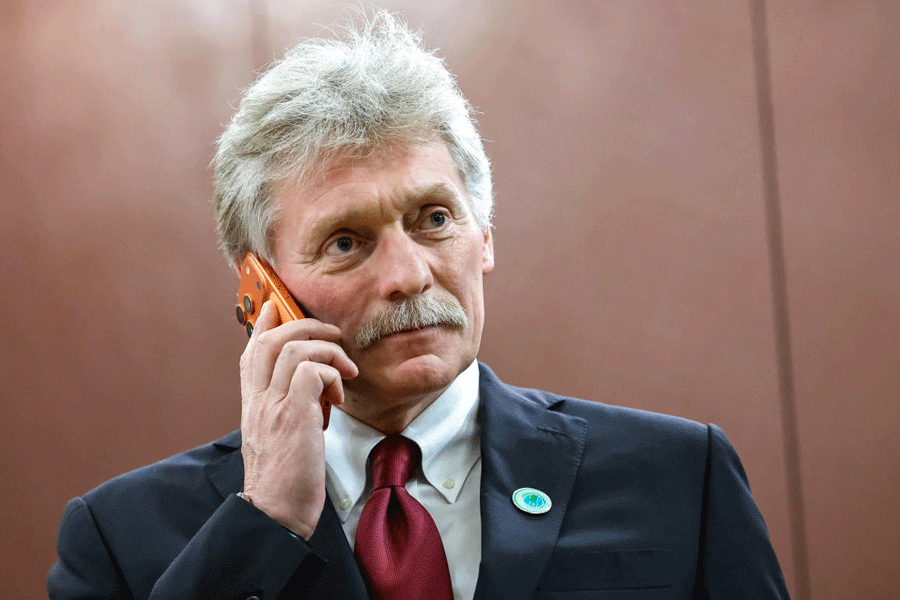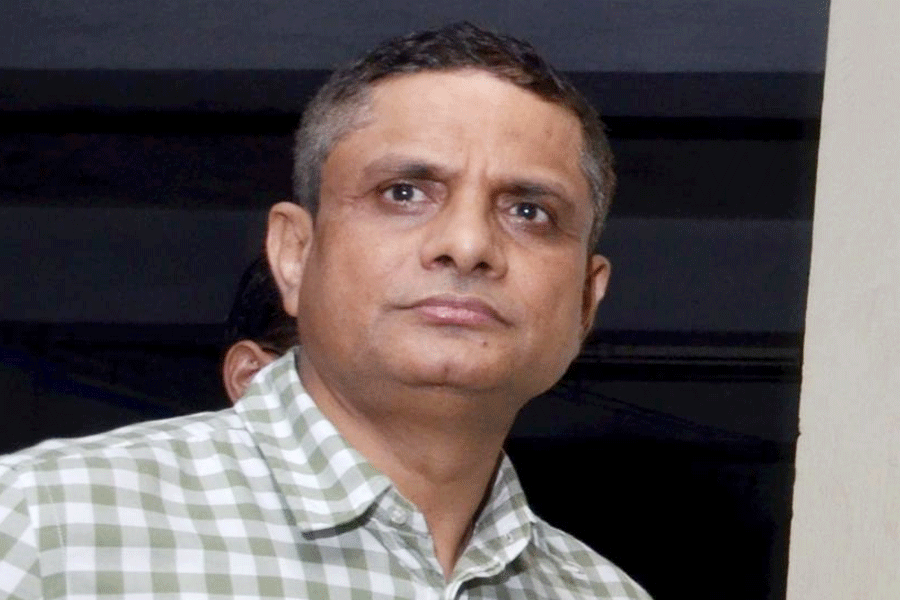If there’s one thing that everyone’s agreed on, it’s that Rana Kapoor was super-smart. In hindsight, though, they reflect he may have been a bit too smart for his own good.
Right from the start Kapoor had always been a banking industry highflier. He stayed 16 years at Bank of America and then moved to ANZ Grindlays as India country head. But he entertained greater ambitions and envisaged creating his own organisation in an era when few executives harboured such dreams. He took his chance by setting up Rabobank India Finance, an offshoot of Netherlands-based Rabobank with his brother-in-law Ashok Kapur and Harkirat Singh. Then they sold their stake in Rabobank India and won a rare licence to establish Yes Bank in 2004.
For years, it seemed Yes Bank could do no wrong. It was seen as a welcome moderniser, a breath of fresh air, in India’s antediluvian banking sector, ushering in new technologies and a fresh customer-focused approach to banking. And Kapoor relished risk, aggressively lending money in a conservative banking landscape.
While private sector rival HDFC focused on the traditional retail sector, Yes Bank had no hesitation about loaning to the business sector. In India’s corporate sector, there were many who called Kapoor the lender of last resort who would lend even to very financially strapped corporations but would ensure that Yes Bank always made its money. Yes Bank grew explosively, becoming the country’s fourth-largest private sector bank with over 1,1100 branches.
There are a fund of stories about how corporate giants desperately in need of funds would be invited for an evening drink at Kapoor’s home and would get their cash but usually with one stiff upfront payment right at the beginning.
And yet, Kapoor’s instincts usually appeared to serve him well and he got his money back. Says an analyst: “He would give sanction for a loan and take a huge fee immediately.” And while the Reserve Bank of India (RBI) had reservations about Yes Bank’s scorching expansion, the central bank and analysts couldn’t find fault with its bookkeeping. “People, though, felt that things were not right,” said one banking observer.
Year 2008 may have marked a turning point. That was when Yes Bank chairman Ashok Kapur died in a hail of bullets at the Taj Hotel restaurant during the Mumbai attack. Kapur, was, everyone agrees, the restraining influence who balanced Kapoor’s more freewheeling instincts. “It became a totally one-man show,” said another analyst.
Still, for a good while, Kapoor’s golden run continued. Kapoor, who’s now 62, recovered money from groups like Deccan Chronicle and Vijay Mallya’s United Breweries, which have had huge financial troubles over the years. Then in 2015, the first doubts began to be aired publicly about Yes Bank’s loan portfolio. UBS published a report suggesting that Kapoor’s bets were not always working out. Alarmingly, the report said Yes Bank had lent around 125 per cent of its net worth to stressed companies.
Rana Kapoor was a relentless networker and a tough fighter who would strike back at anyone who wrote anything about Yes Bank or his “baby”, as he viewed it. UBS felt the full force of Kapoor’s wrath. Yes Bank shot back that the report was based on dated figures and that the analysts had not talked to them. Yes Bank filed a complaint with Sebi about the report and requested it do an investigation of the multinational giant.
Many in the corporate sector were alarmed by Kapoor’s harsh reaction to the report.
As the Indian corporate sector’s bad debts crisis burgeoned, so did Yes Bank’s troubles. Soon after the UBS report, the RBI opened what’s called an asset quality review which, as the name suggests, looks at the loans on a bank’s books. The RBI decided that Yes Bank’s non-performing assets for fiscal 2017 were closer to Rs 8,000 crore than the Rs 2,000 crore it had declared. Yes Bank’s original figures had shown it to be in a better shape than most banks at the time. In fiscal year 2019, Yes Bank reported bad loans of Rs 7,883 crore but the RBI decided that the correct figure was Rs 11,160. That brought down net profits from Rs 1,720 crore to Rs 1,084 crore.
In 2018 the RBI finally got tough and said that Kapoor would have to step down by January 2019. Kapoor tried his level best to get this decision changed and then tried to ensure that the new Yes Bank chief would be someone pliable. His efforts fell on deaf ears and the RBI stood firm. But the new chief executive Ravneet Gill was never able to raise enough cash from the market to steer the bank out of its troubles. The investors who offered to buy stakes didn’t appear to have strong enough credentials.
Last November, Kapoor unloaded 20 million shares, almost his entire stake in the bank, keeping on just a few hundred. He had once declared that his Yes Bank shares were like diamonds and that he would never part with them.
Yes Bank shares, though, have turned into duds with shareholders nursing huge losses and the bank’s loan book includes groups like Anil Ambani’s Reliance, the Essel Group (Zee), IL&FS, Jet Airways, Cox & Kings and Vodafone, all of which are in financial straits. The bank’s been unable to raise the capital to cover potential loan losses as required by RBI regulations.
The bank’s assets have fallen to around $28 billion from $41 billion just two years ago. Kapoor, when asked recently, insisted he had no idea what had been happening at the bank which has been taken over by the RBI. Now, facing allegations of money laundering and in the custody of the Enforcement Directorate, he’s having to introspect on what exactly went wrong.










